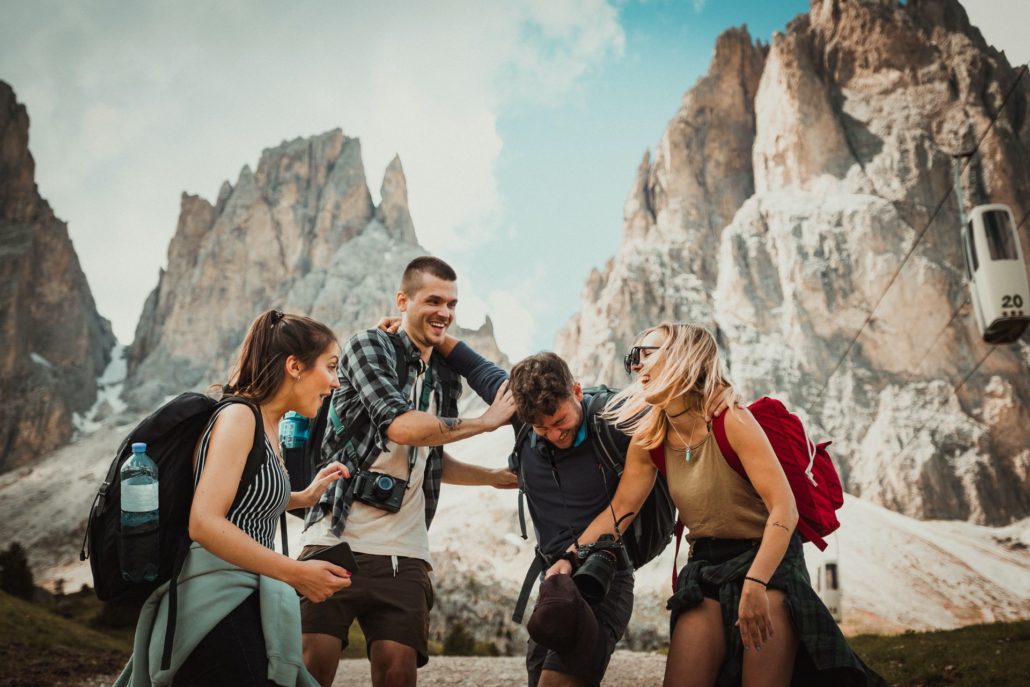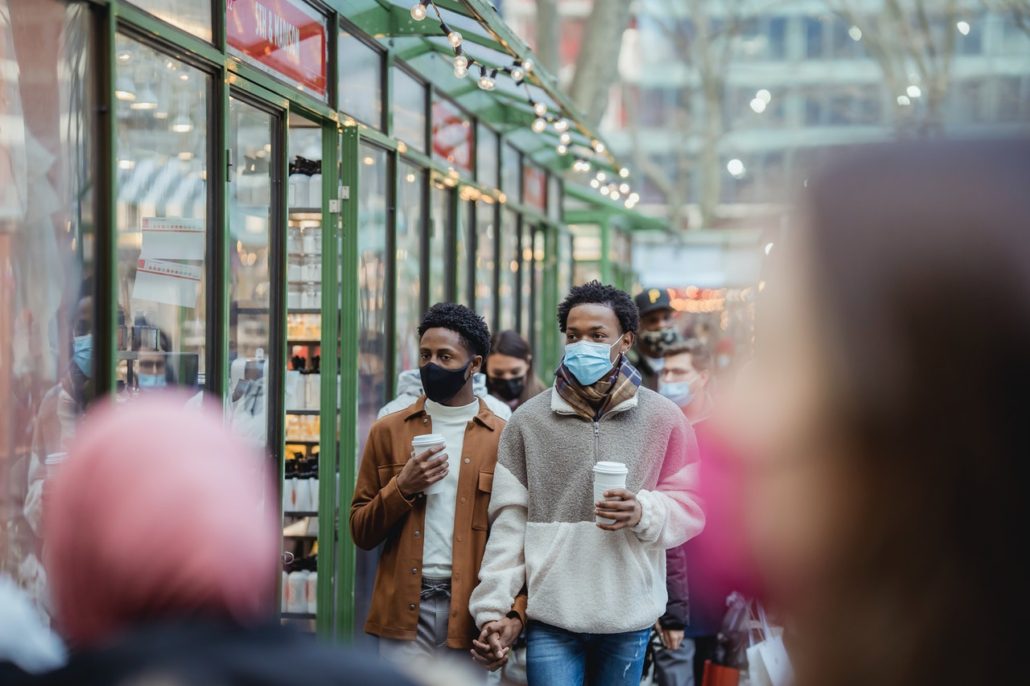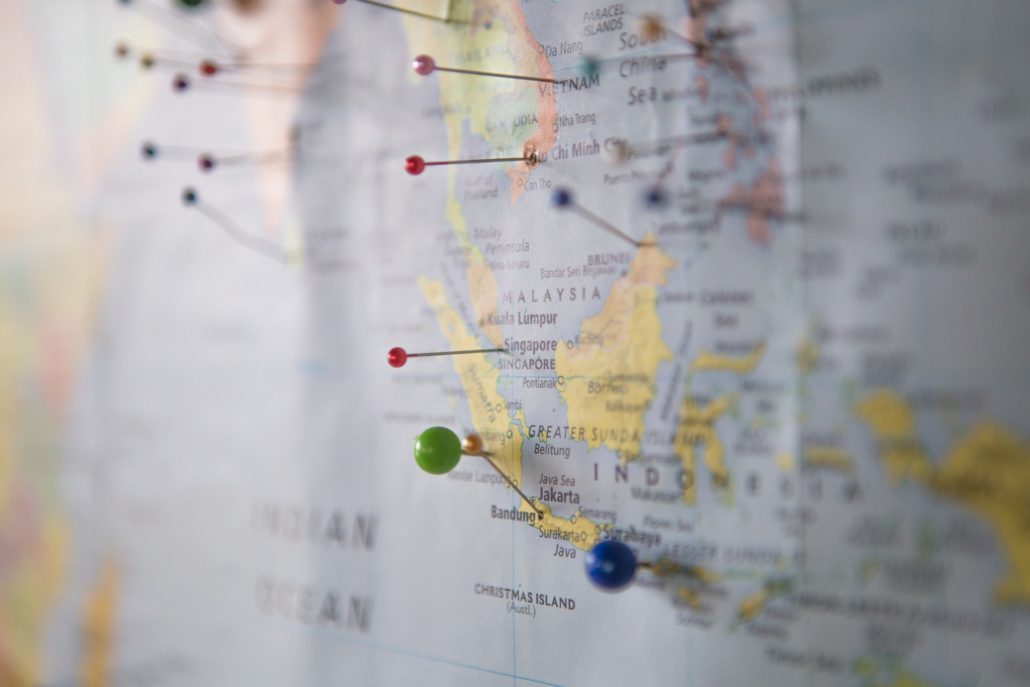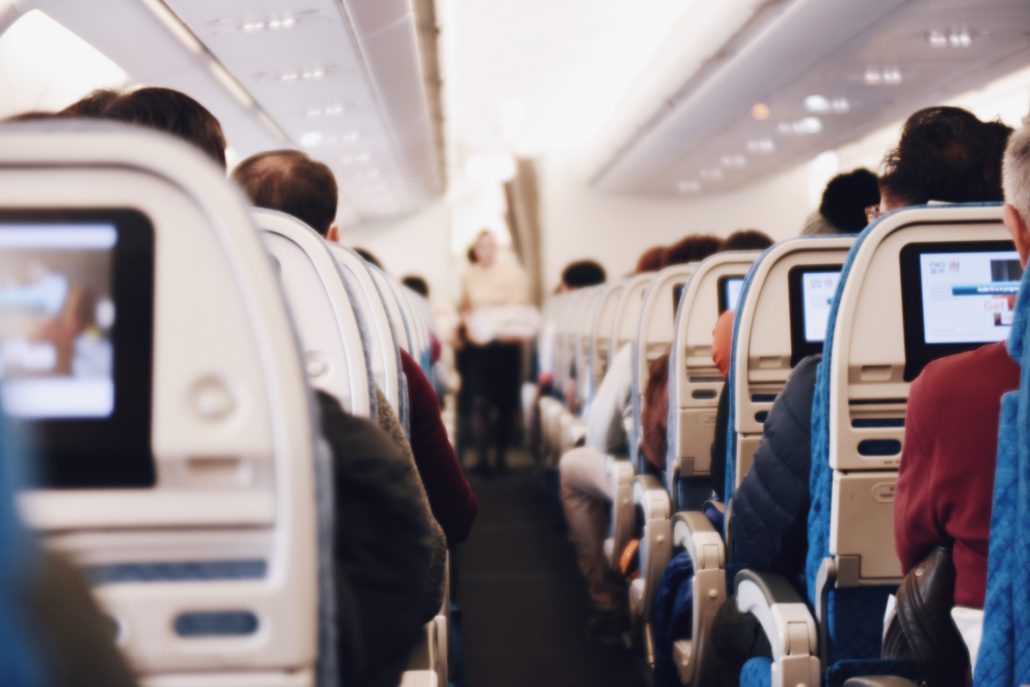If you’ve got a fun hike coming up, it’s easy to feel like a kid on Christmas morning. The excitement and anticipation are unmatched for those who love hitting the trails, and that’s never a bad thing. The more passionate you are about hiking, the better! But, that passion and excitement can also cause you to overlook certain things as you prepare for your trek, leading to common hiking injuries.
You might forget to pack the right essentials, or you might hit the trail with gusto and go at a pace that could be damaging to your body, especially if you’re new to the world of hiking.
The health benefits of backpacking – both mental and physical – are incredible. The last thing you want is to turn them upside down and injure yourself or feel stressed out on the trail because you’re not taking your time or practicing preparedness.
So, what can you do to prevent common hiking injuries? Furthermore, how can you deal with aches and pains that still might occur, despite your best efforts?
Practice Proper Preparation
Avoiding discomfort and injury starts before your hike actually begins. You might be excited to get on your favorite trail, but taking the time to prepare and center yourself is important.
That starts with making sure you’re properly packed. Your backpack should include:
- Navigation tools
- Adequate water
- Food
- Clothing
- Rain protection
- Safety items (fire starter, flashlight, whistle)
- First aid kit
- Sun protection
That might sound like a lot, but they are very basic items that won’t weigh you down too much and will help to keep you safe and comfortable.
It’s also important to have the right gear on your body. Don’t bust out your brand new hiking boots the day you plan on hitting a long trail. You don’t know how they’ll fit, and if they’re new, they could cause blistering and discomfort.
Instead, wear something you know you can walk in for miles. Wear clothing that breathes and doesn’t irritate you. And, make sure you’re carrying extra socks if your feet get wet or sweaty.
How to Avoid Common Hiking Injuries
If you’re a seasoned hiker, you might know about some common hiking injuries and how to avoid them. But, it’s always good to remind yourself of the potential risks out there. If you’re a novice, learning more about these injuries will help you be more aware when you’re on your trek.
First, it’s important to take stock of how you feel before you head out on your hike. Medical conditions don’t have to stop you from heading out. In fact, regular exercise is a great way to manage the symptoms of many conditions, like GERD.
But, listen to your body. If you’re in pain or not feeling well before you start, it might be better to reschedule your hike. No one wants to experience GERD symptoms during a hike.
If you’re feeling good and already out on the trail, keep your eyes open. Some of the most common injuries are easy to avoid as long as you’re paying attention, including:
- Cuts and scrapes
- Insect bites/stings
- Poisonous plants
- Dehydration
It’s not only important to pay attention to your surroundings, but yourself, too. Periodically “check-in” with yourself. Think about how you’re feeling. Are you tired? Take a break. Thirstier than you realized? Drink some water. When was the last time you applied sunscreen? Put on another layer.
By paying attention to yourself and the things around you, you’re less likely to get injured or experience discomfort right away or when you get home.
Recover the Right Way
Speaking of getting home, preventing discomfort doesn’t stop when you’re off the trail.
Hiking is an intense workout, especially if you do it all day in the blistering sun. Taking the time to properly recover is hugely important.
To make sure you’re doing that, start by staying as hydrated as possible. Keep drinking water frequently throughout the next day to restore your energy levels and make sure your muscles are hydrated.
Additionally, eat the right things. Working out impacts your muscles, and stretching afterward might help them feel less tight, but they are depleted after a hike. Proper nutrition is the best way to restore them.
There are no hard and fast rules about exactly which foods to consume. But, you’ll want to include plenty of healthy protein, fats, and carbs. That can be found in everything from tuna to avocados. Eat what you enjoy, but make sure it’s benefiting your body, rather than depleting it further.
If you’re dealing with a common hiking injury and trying to recover, rest is best. If you get back on the trails too quickly, you could risk injuring yourself further.
When you’re ready, though, hiking can be a great way to ease back into a workout regiment after an injury or condition. For example, it’s a wonderful way to manage the effects of varicose veins without putting extra strain on your body.
As you can see, it doesn’t take much to keep yourself safe and comfortable and avoid common hiking injuries. Staying prepared, knowledgeable, and smart about your recovery will allow you to keep that “kid on Christmas morning” mentality, so you can continue to hit the trails as often as possible.




